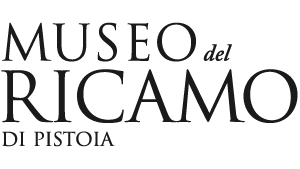
The art of embroidery in Pistoia and its territory
The Museo del Ricamo (Embroidery Museum) is located on the ground floor of Palazzo Rospigliosi, which also houses the Rospigliosi and the Diocesan Museums.
For centuries, until recent times, Pistoia was rightly considered to be a centre of excellence for the production of embroidered cloth and the Museum has been created to preserve, maintain and exhibit many of the beautiful items produced. The documents, sources and numerous exhibits (from the 17th to the 20th century) are evidence of the widespread and deeply rooted activity of embroidery in the city, where the convents and enclosed orders, and later female educational institutes, ensured the survival of the practice, tradition, style, characteristics and methods of needlework used for both secular luxury and ecclesiastical pomp.
The success of Pistoia in the art of “whitework” (in bianco) and “white embroidery” (sul bianco) began in the 19th century as the result of the growing demand for lingerie and household linens enhanced with intricate embroidery that were indicative of the importance and social level of those to whom they belonged.
In Pistoia a lively and positive source of female employment developed within this specific sector and at the end of the 19th and beginning of the 20th century both craft and industrial production of an international level and quality flourished and, despite trends and fashions, still continues today.
In addition to their work with house and children, the craft of embroidery provided women with a source of income and a way of improving the family budget.
The craft developed during the 1920s and 1930s in particular, with the appearance of ‘school-workshops’ crated and financed by ladies of the local aristocracy. In addition to the vast range of stitches used, the success of emrboidery production around Pistoia was responsible for the creation of some original and specific styles such as sfilati (‘ravelled’ thread), the punto antico (antique stitch), also known as the punto toscano (Tuscan stitch) and the punto Calsalguidi, near Pistoia.
In recent years the embroiderers of the Association of Italian House-wives (MOICA), Pistoia have invented a new stitch known as punto Pistoia: some valuable items are displayed in the museum.
To preserve the memory of this ancient tradition and contribute to the reconstruction of its history, the museum houses items and documents of all kinds, provided through donations and loans. Due to the quantity of materials still available from private individuals and ecclesiastical bodies, the museum will be able to change the display in rotation, and also forsees thematic exhibitions dedicated to particular techniques or styles of production.
In addition, the museum offers a centre of research, documentation and teaching embroidery skills and history.
The museum arrangement
The Museum is arranged in two rooms.
Displayed in the first – and in the large chest of drawers in the next room – are items related to everyday domestic life: these are arranged as they were in the traditional trousseau of every young bride: household linens with examples of items created for each specific area and purpose in the house (the bedroom, bathroom, dining room), as well as the bride’s own personal trousseau, which is divided into lingerie and clothing.
Particularly beautiful examples of exquisite embroidery are provided by a planl of purses in punto Casalguidi and the magnificent Empire style dress, belonged to the Sozzifanti family, now property of the Town Museum of Pistoia.
Preceding the two rooms is a section describing the techniques and materials, and a display of tools and documents relating to this area of women’s work: spinning (a collection of bobbins, spindles, and reels) and embroidery (thimbles, scissors, pattern books and samplers).
Exhibited in the second room are church vestments and superb embroidered ecclesiastical robes belonging to the cathedral and other churches in the diocese of Pistoia, representing only a small part of a wealth of religious vestments. In this section the rare materials used, such as coloured silks and gold and silver thread, demonstrate the high level of technical ability reached by the convents of Pistoia where most of these works were produced.
One of the most outstanding items is an impressive altar frontal in coloured silk, made in 1601 for the church of Santa Maria delle Grazie, now seen in its original splendor after lengthy and careful restoration.



